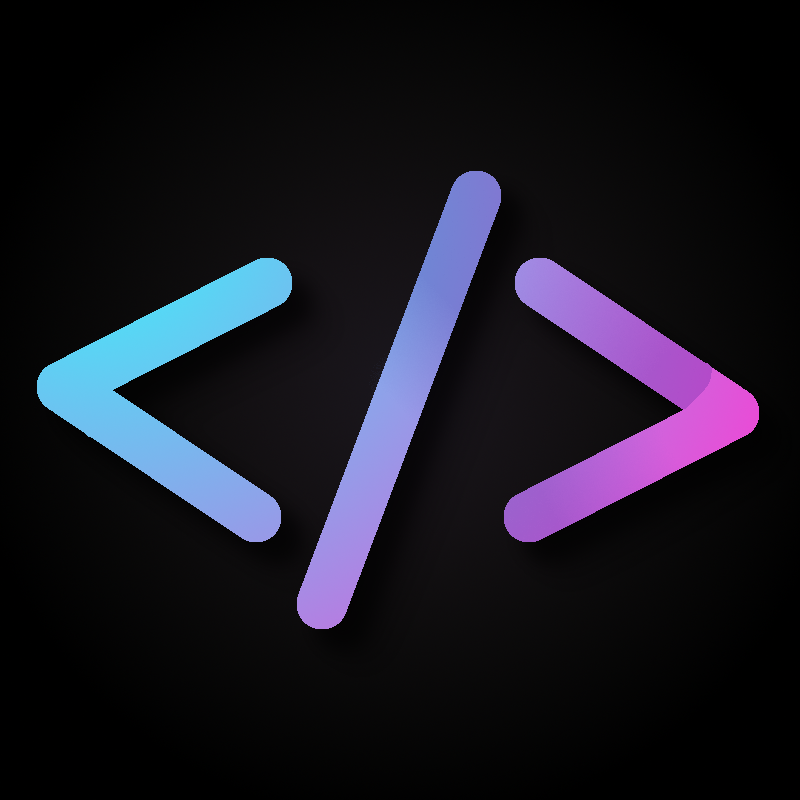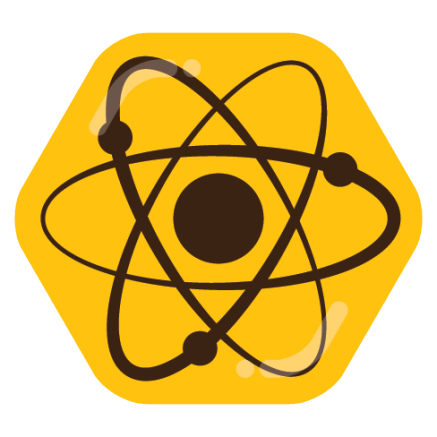hallettj
Just a basic programmer living in California
- 3 Posts
- 45 Comments
When I researched this previously I concluded that there are two very good options for regular backups: Borg and Restic. These are especially efficient at backing up a diff of what has changed since the last backup. So you get snapshots of your filesystem state at each backup point without using a huge amount of space. You can mount any snapshot as a virtual directory. After the initial backup, incremental backups take a minute or two.
I use Borg, and I back up to cloud storage on Borgbase. I use Vorta as a GUI for Borg. I have Vorta start automatically when I start my window manager, and I have it set up for daily backups. I set up the same thing on my kid’s computer.
I back up my home directory. I have some excluded directories like
~/.cache, and Steam’s data directory. I use Baobab to find large directories that I don’t want backed up.I use the “exclude caches” option in the Borg “create archive” settings. That automatically excludes Rust
target/directories because they follow the Cache Directory Tagging Specification. Not all programming languages’ tooling follows that spec so I also use directory name pattern excludes. For example I have an exclude pattern for.*/node_modules/.*I use NixOS, and I keep my system config in a git repo so I don’t need backups for anything outside my home directory.
Probably not very similar, but Git Butler is very interesting. It adds its own layer of management so that you can have multiple branches “applied” to your working tree simultaneously. It’s helpful when you have multiple changes that should go into different branches, and some that shouldn’t be committed - it has a system of lanes that help keep track of all that. Or you can test how changes from two branches interact.
Last time I used it, maybe 6 months ago, it was rough around the edges so I didn’t stick with it. But they’ve done lots of work since then so I’m thinking of giving it another go. It is (last I checked) an all-in tool. When you’re using Butler on a project you probably won’t be able to use other git tools.
I think it depends. Lua is great for scripting - like when X happens do Y. I agree that makes sense for a case like Home Assistant. Sometimes you really want the result to be a data structure, not an interactive program, in which case I think more sophisticated configuration (as opposed to scripting) languages might be better.
Yes, there’s a good example. Ansible would make more sense if its configuration language was Nix…
Oh, thanks for calling that out. I think I may have mixed up some of the frustrations I experienced at an old job.
I agree - YAML is not suitable for complex cases that people use it in, like
Terraformand Home Assistant. My pet peeve is a YAML config in a situation that really calls for more abstraction, like functions and variables. I’d like to see more use of the class of configuration languages that support that stuff, like Dhall, Cue, and Nickel.There is another gotcha which is that YAML has more room for ambiguity than, say, JSON. YAML has a lot of ways to say
trueandfalse, and it’s implicit quoting is a bit complex. So some values that you expect to be strings might be interpreted as something els.

 3·2 months ago
3·2 months agoZed invented tree-sitter which is a great feature. But since tree-sitter is open source it’s also available in neovim and helix.

 2·3 months ago
2·3 months agoIt would make sense for the terminal to handle syntax highlighting since that would match how editors work. But the convention is that the shell handles highlighting, not the terminal. You can check which shell you are running with the command,
$ echo $SHELLIt’s done that way because the shell is a running program that is capable of telling the terminal which colors to show (by mixing color escape sequences into text). Compare that to code in an editor which is text, not a running program so the only option is for the editor to handle highlighting[1]. Editors need syntax files to configure highlighting for all the different programming languages, while terminals don’t need this because the shell tells them what colors to show.
[1] setting aside the “semantic highlighting” LSP capability - that was invented long after syntax highlighting conventions were established

 4·3 months ago
4·3 months agoSeems like a matter of preference, and I see the logic in it. I’ll mention that Nushell makes it easy to create custom shell functions that are invoked as sub-commands in this manner. https://www.nushell.sh/book/custom_commands.html#command-names

 151·4 months ago
151·4 months agoAre there other relevant standards? The XDG base directory specification has been around for a long time, and is well established.
Maybe your comment wooshed over my head; if so I apologize.

 25·4 months ago
25·4 months agoAre you saying that you don’t want to write your software according to the XDG spec, or that you don’t want to set the XDG env vars on your system? If it’s the second that’s fine - apps using XDG work just fine if you ignore it. If it’s the first I’d suggest reconsidering because XDG can make things much easier for users of your software who have system setups or preferences that are different from yours; and using XDG doesn’t cause problems for users who ignore it.
OP’s recommendation is aimed mostly at software authors.

 24·4 months ago
24·4 months agoSo yes, “XDG” stands for “Cross-Desktop Group” - but I don’t agree that using the spec assumes a windowing system. The base directory spec involves checking for certain environment variables for guidance on where to put files, and falling back to certain defaults if those variables are not set. It works fine on headless systems, and on systems that are not XDG-aware (I suppose that means systems that don’t set the relevant env vars).
OTOH as another commenter pointed out the base directory spec can make software work when it otherwise wouldn’t on a system that doesn’t have a typical home directory layout or permissions.

 6·5 months ago
6·5 months agoProbably not directly helpful, but Nix packages for Chromium and Electron apps are set up so that you can switch to native Wayland mode globally by setting an environment variable,
NIXOS_OZONE_WL=1I don’t know of any global setting that isn’t distro-specific.

 1·5 months ago
1·5 months agoThis seems like the right answer to me. Whether or not you decide to dual boot, make one of these USB keys so you can recover if something goes wrong.
When I was using Debian I found I could generally get the latest version of software I wanted from Nix if it wasn’t in the main Debian repos, or was outdated. Nix works quite well on any Linux distro - it doesn’t interfere with the rest of the system.

 41·6 months ago
41·6 months agoAll I can tell you is that this is done differently for each shell. So decide whether you want completions for bash, zsh, fish, all of the above, or whatever, and look at the docs for the relevant shells.

 3·6 months ago
3·6 months agoThis is why I switched to labelling USB sticks with two-character codes, and I keep a file that lists the current content of each stick.
I think this is good advice. Don’t over-think it!

 15·6 months ago
15·6 months agoI’ve often thought that the people working on herpes treatments probably don’t get the credit they deserve

Nice! Thanks!